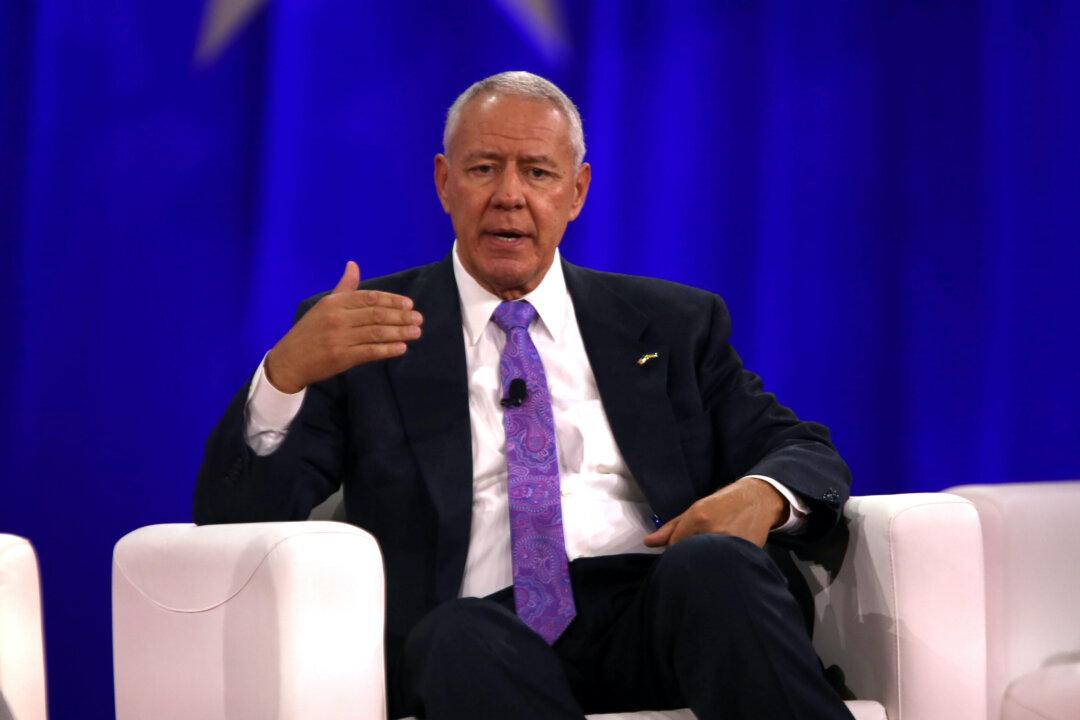Inflation is retreating from record highs, although too slowly, said several economists who spoke with The Epoch Times about the outlook for the economy and inflation over the next six months.
But the downward pressure on future price increases isn’t necessarily giving price relief to consumers right now, they said.





